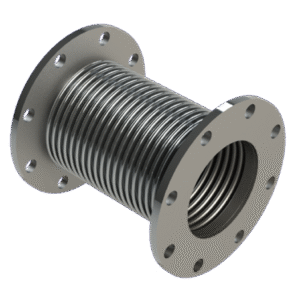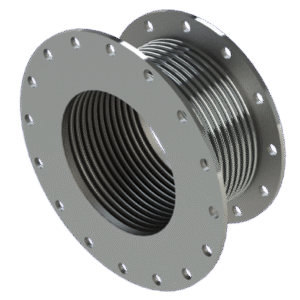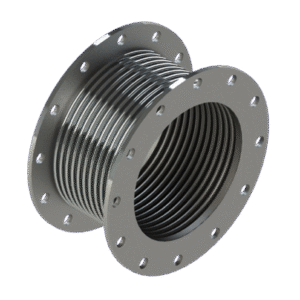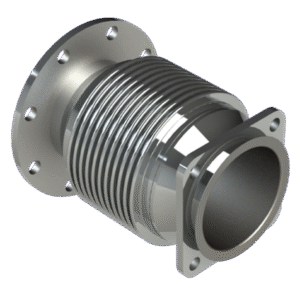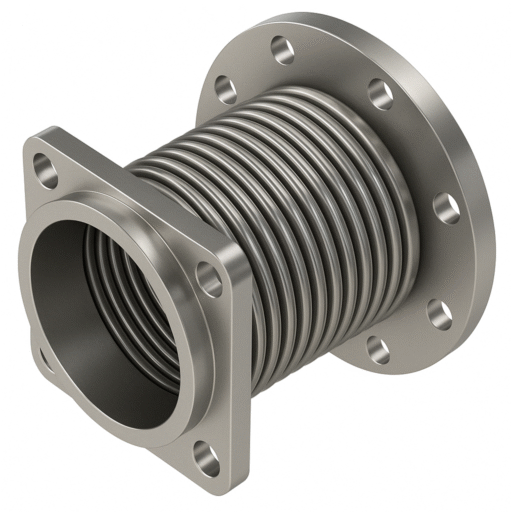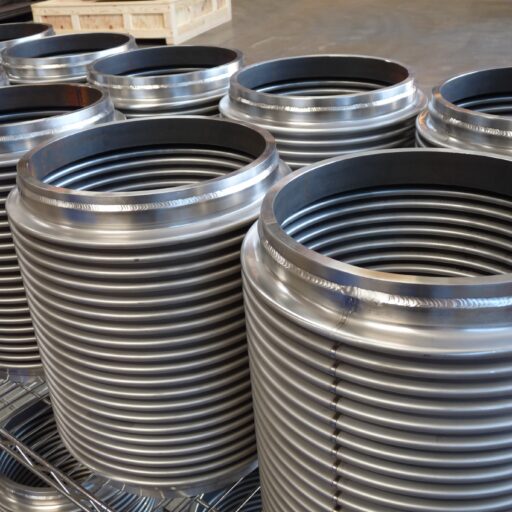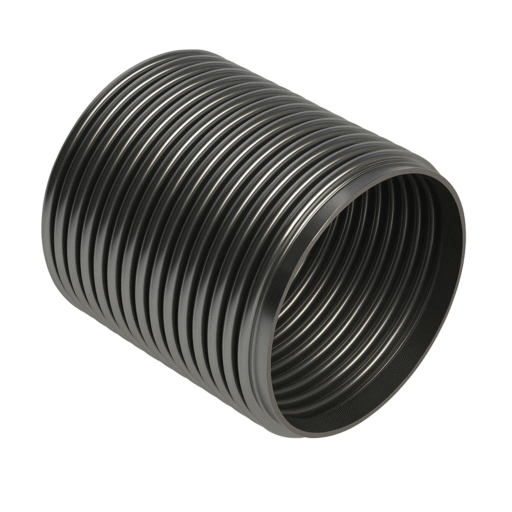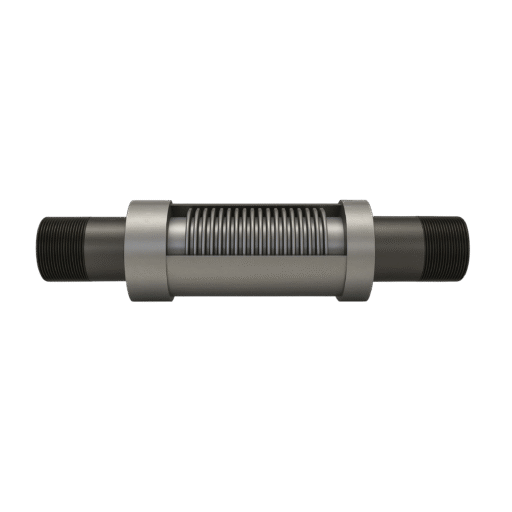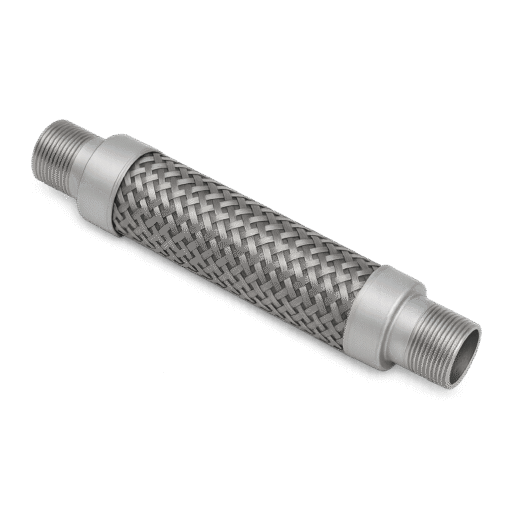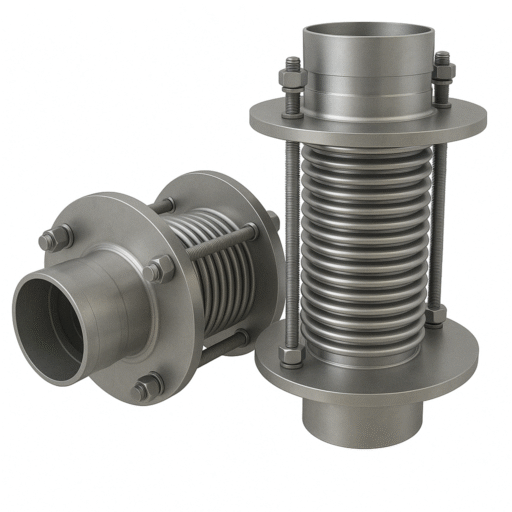Pipe guides and anchors play critical roles in optimizing piping systems’ performance and longevity. These components preserve the structural integrity of piping and ensure smooth and efficient operation within varying environments. This makes it essential to choose the right ones, regardless of whether your application is in the manufacturing, oil and natural gas, or construction sectors. Here are several things to consider when choosing guides and anchors so that you can make the right choices.
Decide How Strong Your Anchors Need To Be
One step in this process is deciding how strong your anchors must be. Anchor strength is crucial in safeguarding the piping system against extreme forces and keeping it in place.
When you pick your anchors, ensure they can endure more pressure than your expansion joint can withstand. Having an anchor that can exceed that number will give you a slight margin above the anticipated maximum load, adding an extra layer of safety to your pipeline.
Determine How Many Pipe Guides You Must Purchase
Something else to determine is how many pipe alignment guides you’ll need. To find the right number, you must consider the pipe’s flexibility as well as your pressure rating.
After deciding and purchasing the number of guides you need, consult engineering standards and guidelines to determine the optimal positions on your pipe. This will better ensure that your system remains reliable.
Consider What Types of Materials Are Best
One final thing to consider when choosing guides and anchors is what materials are best for your application. The materials that comprise your guides and anchors should be compatible with the pipe’s content and the external environment. For instance, you may decide to go with carbon steel pipe guides since they’re exceptionally strong and durable under high pressure.
Triad Bellows manufactures high-quality pipe guides and anchors that help clients worldwide with their piping challenges. You can rely on our staff and their ability to make durable guides that’ll last a long time, prevent damage to your pipeline, and keep it efficient.
